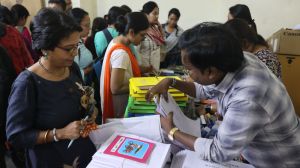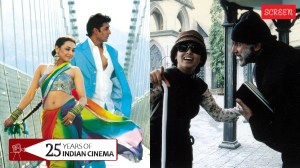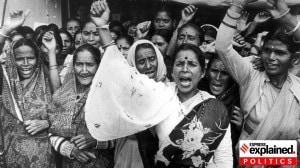Sunday Long Reads: A celebration of Satyajit Ray’s films and characters on his centenary birth year
Here is your Sunday reading list
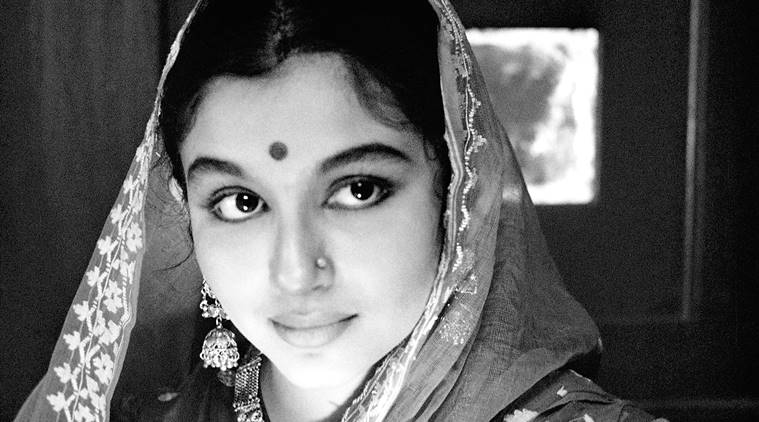 Sharmila Tagore in a still from Apur Sansar
Sharmila Tagore in a still from Apur Sansar
‘Ray’s women had agency. He wanted to capture the half shades, the hardly audible notes in them’
I don’t know why, as we approach Manikda’s 100th birthday, my mind keeps going back to the day when Ela Bhatt (social activist) told me about his passing. Perhaps, it is the lockdown effect. At the time, I was standing at the foyer of our house in Pataudi and although I was getting regular updates on his failing health, her words caught me unawares. The rest of the day was a blur. Later, when I was alone in my room, it finally hit me that I will never see him again. That when I visit his home, it wouldn’t be Manikda who would open the door and say, “Come in, Rinku. Tell me all about Bombay!” His chair next to the window where he sat surrounded with his books, paintbrushes and music would be empty. It was both surreal and heartbreaking.
Martin Scorsese writes: ‘Satyajit Ray’s artistry, filmmaking took my breath away’
 Subir Banerjee in Pather Panchali
Subir Banerjee in Pather Panchali
In the relatively short history of cinema, Satyajit Ray is one of the names that we all need to know, whose films we all need to see. And to revisit, as I do pretty frequently.
For those of us here in the West, the Apu trilogy — Pather Panchali (1955), Aparajito (1956) and Apur Sansar (1959) — was a milestone. We were used to seeing India on screen but through a purely colonial perspective, which obviously meant that the principal characters were Westerners and the “extras”, the people who provided the local colour and the background detail, were Indians. We had no idea whether the stories were happening in Gujarat, Kashmir, West Bengal or Maharashtra — it was just “India”.
Satyajit Ray’s actors remember his genius
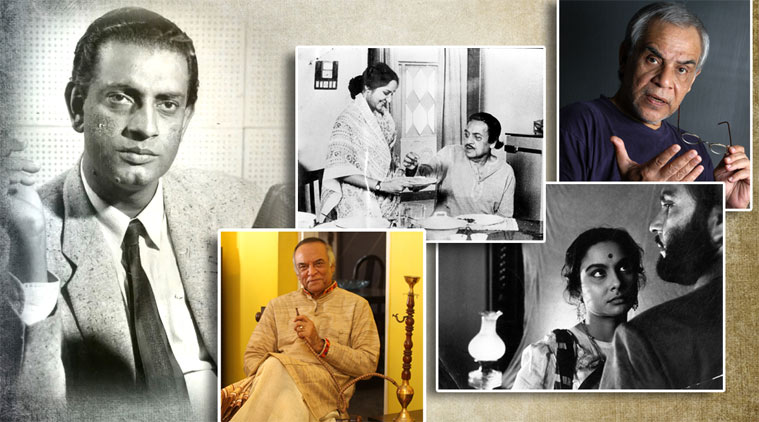 Actors who have starred in Satyajit Ray’s films talk about him. (Source: Express Archives/Dhritiman Chatterjee)
Actors who have starred in Satyajit Ray’s films talk about him. (Source: Express Archives/Dhritiman Chatterjee)
Mamata Shankar, actor and dancer
My father Uday Shankar and Satyajit Ray, whom I call Manik Kaku, knew each other for many years. Like every artist of that time, I always wanted to be featured in a Ray movie, even if it’s a small role. Yet, I could never ask him.
One day, my husband Chandrodoy Ghosh read that Ray was making a new movie after five years. Before I knew it, he had dialled Manik Kaku’s number. Ray answered all the calls himself. I was at a loss for words when this well-known voice said “hello”, but somehow managed to ask if I could be in his new movie. When he said that he had, in fact, thought of me, I was suddenly wide awake. He said, “Give me a few more days and I will let you know”. He had two projects in mind and he was still unsure which one to make first. Luckily, I ended up acting in both — Ganashatru (1990) and Shakha Proshakha (1990).
Ray was possessive of me, like a father is of his son: Soumitra Chatterjee
 Soumitra Chatterjee during a special function in Kolkata on January 30, 2018. Express photo by Partha Paul.
Soumitra Chatterjee during a special function in Kolkata on January 30, 2018. Express photo by Partha Paul.
How did you become an actor? Did Satyajit Ray consider you for any film other than Apur Sansar (1959)?
I was interested in acting from an early age when I was a student in Howrah Zilla School, and, later, in college (City College, Kolkata).
I was in college when Pather Panchali (1955) was released. When Manikda (as Ray is fondly called) was looking for someone to play the lead in Aparajito (1956), a friend of mine, who was assisting him, introduced me to him. He found me to be too grown up and tall for that role. Aparajito travelled to Venice Film Festival and got the best film award (the Golden Lion). At a press conference there, Manikda declared that he was going to make the third part of the trilogy. After he returned to Kolkata, he mentioned that he had someone in mind for the role of the adult Apu. I had no inkling that he was considering me. Some years after the making of Apur Sansar, I was told it’s after meeting me that he made up his mind about making the third film of the trilogy.
How actor-comic Danish Sait uses aatmanirbhar props to make people laugh
 ‘I have always had a fascination for voices, accents and characters,’ says Sait. (Photo: danish Sait/ Instagram)
‘I have always had a fascination for voices, accents and characters,’ says Sait. (Photo: danish Sait/ Instagram)
“Bro, He is too Hindi, no?”
“No dude, we are too south Indian!”
The quickest, most entertaining dissection of Prime Minister Narendra Modi’s May 12 speech announcing lockdown 4.0 was not by a raging TV news anchor but an actor-comic in Bengaluru speaking into a yellow paintbrush. Danish Sait, whose viral conversations with imaginary friends have been the discovery of the lockdown, wondered if there could be a “skip-intro button” to the PM’s speech, before asking, “Macha, what is aatmanirbharta?”
ALSO READ | The eye of a genius: The cinematic universe of Satyajit Ray
Can we catch up with Mother Nature?
 It’s a wonder: A butterfly chrysalis. (Source: Wikimedia Commons)
It’s a wonder: A butterfly chrysalis. (Source: Wikimedia Commons)
We really have gotten ahead of ourselves, haven’t we? We pride ourselves on being at the very top of the food chain, of being able to “conquer” and “control” Mother Nature according to our whims and fancies. In every way, our technology comes out tops. Ah, but does it? Here’s a set of gentle reminders that will show that in most vital aspects of life and living, Mother Nature is way ahead of us and we’re not going to catch up in a hurry (if ever).
Take that process which sustains nearly all life on the planet: photosynthesis. Silently and efficiently, green leaves use solar energy to make food (sugars) out of thin air and water as it were. Not only that, the “waste” gas that is emitted is what permits all life on earth: oxygen. We may now understand the intricate chemistry involved — but we’re not going to be producing green leaves ourselves in the foreseeable future!
Historian Peter Frankopan on why this pandemic reveals a dangerous lack of global cooperation
 Peter Frankopan, 49, is professor of global history, Oxford University.
Peter Frankopan, 49, is professor of global history, Oxford University.
All societies passing through tragedies think of themselves as exceptionally ill-fated. But human history has seen many plagues before. The Black Death, as you wrote in The Silk Roads, came to Europe through the very routes that brought wealth and new ideas. How does the novel coronavirus outbreak compare? In what way are we better off to face this? And in what way do we have it worse?
In lots of ways, the coronavirus is far less dangerous – at least from a pathogenic point of view. The plague is deadly, partly because being infected so often leads to death. In Europe and North Africa, around a third of the population may have died, so the death toll would have been in many millions, tens of millions even. This had all sorts of consequences, ranging from a collapse in the labour force to long-term changes in spending habits; and, of course, it also changed how people thought about the world around them. As with the Spanish Flu, or indeed with warfare or traumatic events like Partition, having close experience of death and suffering produces sharp changes in society.
Two poets write about the season of disquiet
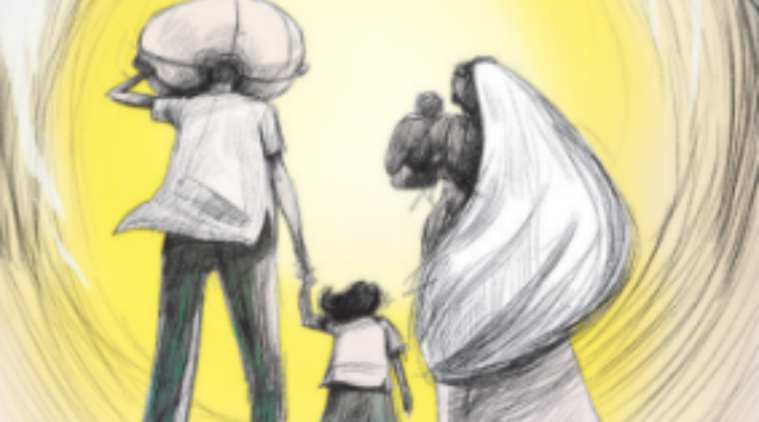 (Illustration by Suvajit Dey)
(Illustration by Suvajit Dey)
The World Takes a Breath
The world takes a breath
noisily —
recycling anodyne
text messages
about the wisdom
of looking within,
photographs of mute anguish
to give us our daily fix
of indignation,
a wild pandemic
of pieties.
Who’d have thought
an empty hour
was so much labour?
Two writers speak of returning to life once the pandemic is behind us
 A lonely city. (Source: Reuters)
A lonely city. (Source: Reuters)
Avni Doshi
When I think about life returning to normal, I feel the mingling of anticipation and dread one might experience when seeing an old love — there are memories, hesitations and the knowledge that nothing will ever be quite the same. We are learning about ourselves in isolation, particularly who we are when no one is watching, and what we crave or miss when daily life is at its most pared down.
Friends and family have been asking me if I’m writing — what a great time to sit down and wrestle with a second novel! But the truth is writing is difficult, even excruciating, these days. Instead, during this time at home, I feel a strong desire to make art — to sketch, paint, create a collage, gather and arrange found materials, something I can begin and complete in a short span of time – and I am increasingly aware that I’m not very good with my hands. Sure, I can make something conceptual, but suddenly skilled work and art that requires technique feels essential, even radical. Like many people, I’m spending a lot of time reading and learning what I can online. Workshops, webinars and free material are suddenly abundant and there is so much to choose from. But the pleasure of doing these things in person is acutely missing. When this is all over, I want to make time to take art classes, to be around other students, in front of a teacher.



- 01
- 02
- 03
- 04
- 05








